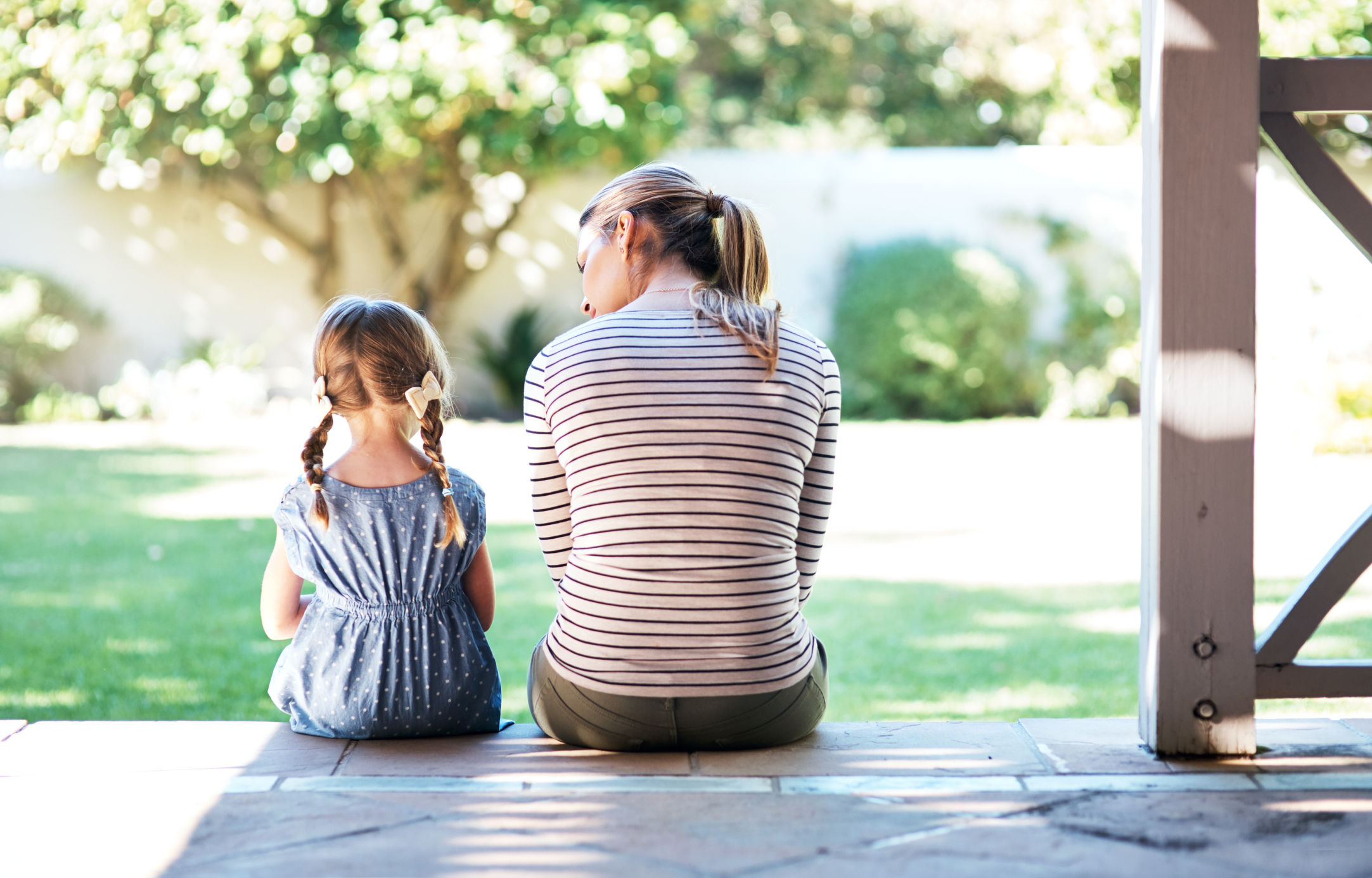Welcome to our blog post on creating your own sensory box for improving sensory regulation with children. Sensory boxes are a fantastic tool for helping children develop and regulate their sensory systems, providing them with a safe and enjoyable way to explore different textures, sounds, and sensations. In this post, we will delve into the benefits of sensory boxes, how to customize them based on your child’s specific needs, and provide you with a step-by-step guide to creating your own sensory box. We will also discuss effective ways to use the sensory box, safety considerations, and proper maintenance to ensure a safe and enjoyable experience for your child. So, let’s get started on this exciting journey of creating a sensory box that will enhance your child’s sensory regulation skills.
Understanding Sensory Boxes and Their Benefits
Sensory boxes, also known as sensory bins or sensory trays, are containers filled with various materials that engage a child’s senses. These boxes are designed to provide sensory input and promote sensory exploration, which is crucial for a child’s development and overall well-being.
The benefits of sensory boxes are numerous and extend beyond simply providing entertainment. Let’s explore some of the key advantages:
- Sensory Stimulation: Sensory boxes offer a wide range of textures, colours, sounds, and smells, stimulating multiple senses simultaneously. This sensory stimulation helps children process and integrate sensory information, leading to improved sensory regulation.
- Sensory Exploration: Sensory boxes encourage children to explore and discover different materials and sensations. They can touch, manipulate, and experiment with the contents of the box, fostering curiosity and promoting sensory learning.
- Calming and Relaxation: Engaging with sensory materials can have a calming effect on children, especially those who are easily overwhelmed by sensory input. Sensory boxes provide a safe space for children to engage in self-soothing activities and find relaxation.
- Sensory Integration: Sensory boxes aid in the development of sensory integration skills, which involve the brain’s ability to process and make sense of sensory information. By providing a variety of sensory experiences, sensory boxes help children integrate different sensory inputs, leading to improved coordination and overall sensory processing abilities.
- Creativity and Imagination: Sensory boxes encourage imaginative play and creative thinking. Children can use the materials in the box to create stories, build structures, or engage in pretend play, fostering their imagination and cognitive development.
- Emotional Regulation: Sensory boxes can help children regulate their emotions by providing a sensory outlet for stress and anxiety. Engaging with sensory materials can be soothing and comforting, offering a healthy coping mechanism for emotional regulation.
- Language and Communication Development: Sensory boxes provide opportunities for language development and communication. As children explore the materials, they can describe their experiences, ask questions, and engage in conversations, enhancing their vocabulary and communication skills.
Understanding the benefits of sensory boxes allows us to appreciate their significance in supporting a child’s sensory regulation and overall development. In the following sections, we will explore how to customize a sensory box to meet your child’s specific needs and provide a step-by-step guide on creating your own sensory box.
Identifying the Needs: How to Customize the Sensory Box
To create a truly effective sensory box, it is important to customize it based on your child’s specific sensory needs. Every child is unique, and their sensory preferences and sensitivities may vary. By understanding your child’s individual needs, you can tailor the sensory box to provide the most beneficial sensory experiences. This section will guide you through the process of identifying your child’s sensory needs and customizing the sensory box accordingly.
Why Customization is Important
Customizing the sensory box is essential because it allows you to address your child’s specific sensory challenges and preferences. By incorporating materials and activities that align with their sensory needs, you can create a more engaging and therapeutic sensory experience. Customization also ensures that the sensory box is age-appropriate, safe, and enjoyable for your child.
Understanding Your Child’s Specific Sensory Needs
To customize the sensory box effectively, it is crucial to have a clear understanding of your child’s sensory needs. Consider the following aspects:
- Sensory Preferences: Observe your child’s reactions to different sensory experiences. Do they seek out certain textures, sounds, or movements? Are there any sensory inputs that they dislike or avoid? Understanding their sensory preferences will help you select appropriate materials for the sensory box.
- Sensory Sensitivities: Pay attention to any sensitivities your child may have towards certain sensory stimuli. They may be sensitive to loud noises, strong smells, or certain textures. By being aware of these sensitivities, you can avoid incorporating materials that may cause discomfort or overwhelm.
- Sensory Seeking or Avoiding Behaviors: Take note of any sensory-seeking or sensory-avoiding behaviours your child exhibits. Some children may seek out sensory input by constantly touching objects or seeking movement, while others may actively avoid certain sensations. Customizing the sensory box can help provide the right balance of sensory input for your child.
Choosing Appropriate Materials Based on Sensory Preferences
Once you have identified your child’s sensory needs, you can select materials for the sensory box that align with their preferences. Consider the following categories of sensory input:
- Tactile Sensory Input: Include materials that offer a variety of tactile sensations, such as soft, rough, smooth, or bumpy textures. Examples include sensory balls, fabric swatches, sand, or water beads.
- Visual Sensory Input: Incorporate visually stimulating materials to engage your child’s visual senses. This can include items such as colourful scarves, light-up toys, or visually appealing objects.
- Auditory Sensory Input: Choose items that produce different sounds or music to provide auditory stimulation. This can include musical instruments, rattles, or sound-making toys.
- Proprioceptive and Vestibular Sensory Input: Consider including materials or activities that offer deep pressure or movement sensations. This can involve weighted objects, balance boards, swings, or tunnels.
- Olfactory and Gustatory Sensory Input: If appropriate, incorporate scented materials or edible items to engage the sense of smell and taste. This can include scented playdough, flavoured snacks, or scented markers.
By selecting materials that cater to your child’s sensory preferences, you can create a customized sensory box that is tailored to their individual needs. In the next section, we will provide a step-by-step guide on how to create your sensory box, taking into account the customization process we have discussed.
Creating Your Sensory Box: A Step-by-Step Guide
Creating a sensory box for your child is an exciting and creative process. This step-by-step guide will walk you through the process of assembling your own sensory box, ensuring that it is engaging, safe, and tailored to your child’s sensory needs.
Choosing the Right Box
The first step in creating your sensory box is selecting an appropriate container. Consider the following factors when choosing the right box:
- Size and Accessibility: Choose a box that is large enough to accommodate the sensory materials but also easily accessible for your child. It should be a size that allows them to comfortably explore the contents without feeling overwhelmed.
- Durability: Opt for a sturdy and durable container that can withstand regular use and rough play. Ensure that it is made of non-toxic materials and does not have any sharp edges that could pose a safety risk.
- Portability: If you plan to use the sensory box in different locations, consider a box that is lightweight and portable. This will allow you to take it on outings or move it easily between rooms.
- Clear or Solid: Decide whether you want a clear box that allows your child to see the contents immediately or a solid box that adds an element of surprise and anticipation.
Putting Together the Box
Once you have chosen the perfect box, it’s time to assemble the sensory materials. Follow these steps to create a well-organized sensory box:
- Organize by Sensory Input: Group similar sensory materials together. Keep tactile materials separate from visual or auditory materials. This will make it easier for your child to choose and explore specific sensory experiences.
- Label and Categorize: Use labels or dividers to categorize the materials within the box. This can help your child navigate and find specific items easily.
- Create Variety: Include a diverse range of sensory materials to provide a rich sensory experience. Aim for a balance of different textures, colours, sounds, and smells.
- Consider Themes: If you want to add an extra element of interest, consider incorporating a theme into your sensory box. For example, you could create a nature-themed box with items like leaves, pinecones, and smooth stones.
Tips for Selecting and Arranging Items
To ensure the sensory box is engaging and effective, consider the following tips:
- Safety First: Avoid small objects that could pose a choking hazard. Choose age-appropriate materials that are safe for your child to handle independently.
- Engage All Senses: Include materials that engage multiple senses. For example, select items that offer tactile, visual, auditory, and even olfactory or gustatory experiences.
- Rotate and Refresh: Periodically rotate the items in the sensory box to maintain your child’s interest and prevent sensory habituation. Introduce new materials or rotate existing ones to keep the sensory experiences fresh.
- Consider Preferences: Take into account your child’s sensory preferences and sensitivities when selecting and arranging the items. Arrange the materials in a way that is visually appealing and accessible to your child’s interests.
By following these steps and tips, you can create a personalized sensory box that provides a stimulating and enjoyable sensory experience for your child. In the next section, we will explore effective ways to use the sensory box to support your child’s sensory regulation.
Using the Sensory Box Effectively
Once you have created your sensory box, it’s important to know how to use it effectively to support your child’s sensory regulation. In this section, we will discuss when and how to use the sensory box, supervising your child during sensory play, and adjusting the box contents over time.
When and How to Use the Sensory Box
- Scheduled Sensory Breaks: Plan regular sensory breaks throughout the day to incorporate sensory box play. These breaks can be scheduled during transitions or when your child needs a sensory reset.
- Calming and Focus: Use the sensory box as a tool to help your child calm down and regain focus. Engaging with sensory materials can have a soothing effect and assist in redirecting their attention.
- Prevent Overstimulation: If your child is becoming overwhelmed or overstimulated, encourage them to take a break and explore the sensory box. This can provide a safe and calming space for them to regulate their sensory input.
- Transition Tool: Utilize the sensory box during transitions between activities or environments. This can help your child transition more smoothly by providing a familiar and calming sensory experience.
Supervising Your Child During Sensory Play
- Provide Guidance: Initially, provide guidance and demonstrate how to engage with the sensory materials. Show your child different ways to explore the items and encourage them to use their senses to investigate.
- Safety Awareness: Ensure that your child understands any safety considerations, such as not putting small objects in their mouth or using materials in a safe manner. Supervise their play to prevent any potential hazards.
- Observe and Respond: Observe your child’s reactions and responses during sensory play. Pay attention to their engagement level, comfort, and any signs of sensory overload or discomfort. Adjust the sensory experience accordingly.
- Encourage Communication: Prompt your child to express their experiences and emotions during sensory play. Encourage them to describe what they see, feel, hear, or smell. This can help with language development and communication skills.
Adjusting the Box Contents Over Time
- Observe Preferences: Pay attention to your child’s preferences and reactions to specific sensory materials. Notice which items they enjoy and engage with the most, as well as any materials they may avoid or dislike.
- Introduce New Materials: Regularly introduce new sensory materials to keep the sensory box fresh and engaging. This helps prevent sensory habituation and encourages continued exploration.
- Gradual Changes: When introducing new materials, do so gradually to avoid overwhelming your child. Add one or two new items at a time and observe their response before adding more.
- Age-Appropriate Challenges: As your child grows and develops, consider adding more complex or challenging sensory materials to the box. This can promote further sensory exploration and development.
By using the sensory box strategically and supervising your child’s play, you can create a positive and beneficial sensory experience. Regularly adjusting the box contents ensures that it remains engaging and aligned with your child’s changing needs. In the next section, we will discuss important safety considerations when creating and using a sensory box.
Safety Considerations When Creating and Using a Sensory Box
When creating and using a sensory box, it is essential to prioritize safety to ensure a risk-free and enjoyable experience for your child. In this section, we will discuss important safety considerations, including choosing age-appropriate and safe materials, ensuring safe play, and proper cleaning and maintenance of the sensory box.
Choosing Age-Appropriate and Safe Materials
- Avoid Choking Hazards: Ensure that all materials used in the sensory box are age-appropriate and do not pose a choking hazard. Avoid small objects or items that can easily break into small pieces.
- Non-Toxic Materials: Select materials that are non-toxic and safe for children to handle. Check for any warning labels or safety information on the packaging before introducing them into the sensory box.
- Avoid Allergens: Be mindful of any known allergies your child may have and avoid materials that could trigger an allergic reaction. For example, avoid using materials made from latex if your child has a latex allergy.
- Secure Loose Parts: Attach any loose parts securely to prevent them from becoming a choking hazard or causing injury. Ensure that lids or covers are tightly sealed to avoid spills or accidental openings.
Ensuring Safe Play
- Supervision: Always supervise your child during sensory play. This allows you to monitor their safety, guide their exploration, and respond promptly to any potential risks or concerns.
- Safe Environment: Create a safe play environment by removing any hazards or obstacles that could cause accidents. Ensure the area is free from sharp objects, electrical cords, or any other potential dangers.
- Watch for Overstimulation: Observe your child for signs of sensory overload or distress. If they become overwhelmed or exhibit signs of discomfort, provide them with a calm and quiet space to regulate their sensory input.
- Setting Boundaries: Establish clear boundaries and rules for sensory play. Teach your child how to handle the materials safely, reminding them not to throw, hit, or misuse the items in the sensory box.
Proper Cleaning and Maintenance of the Box
- Regular Cleaning: Clean the sensory box and its contents regularly to maintain hygiene. Follow the cleaning instructions for each material, ensuring they are safe for cleaning and sanitizing.
- Wash Hands: Encourage your child to wash their hands before and after engaging with the sensory box. This helps prevent the spread of germs and maintains cleanliness.
- Inspect for Wear and Tear: Regularly inspect the sensory box and its materials for any signs of wear and tear. Replace any damaged or broken items to prevent injury or ingestion of small parts.
- Store Properly: Store the sensory box and its contents in a safe and dry place when not in use. This helps preserve the materials and prevents them from becoming damaged or contaminated.
By adhering to these safety considerations, you can ensure that your child’s sensory box provides a safe and enjoyable sensory experience. Always prioritize their well-being and make any necessary adjustments to maintain a safe play environment.
Using Your Sensory Box
The key to making the most of your sensory box is incorporating it into your routine and using it to prevent escalations of stress and anxiety. Here are some tips for using your sensory box effectively:
- Keep it within easy reach, whether at home or work.
- Utilize it as a preventative measure, employing it before stressors become overwhelming.
- Incorporate your sensory box into your daily or nightly routine to establish a habit.
- Experiment with different sensory experiences to find what works best for you.
- Consider adding cognitive techniques or reminders that help calm your mind.
Remember, there is no one-size-fits-all approach to creating a sensory box. It’s a deeply personal tool that you can tailor to your unique needs and preferences. Whether you’re seeking relaxation, emotional regulation, or a sense of connection, a well-curated sensory box can be a valuable asset on your journey to well-being.
Related posts:
 Supportive Caregiving: Providing Stability and Structure Through Therapeutic Parenting
Supportive Caregiving: Providing Stability and Structure Through Therapeutic Parenting
 Beyond Surface-Level: Diving Deep into Understanding a Child’s Behaviour
Beyond Surface-Level: Diving Deep into Understanding a Child’s Behaviour
 The Power of Observation: Exploring the Meaning Behind a Child’s Behaviour
The Power of Observation: Exploring the Meaning Behind a Child’s Behaviour
 Building Empathy and Connection: Developing Insights into a Child’s Behaviour
Building Empathy and Connection: Developing Insights into a Child’s Behaviour




